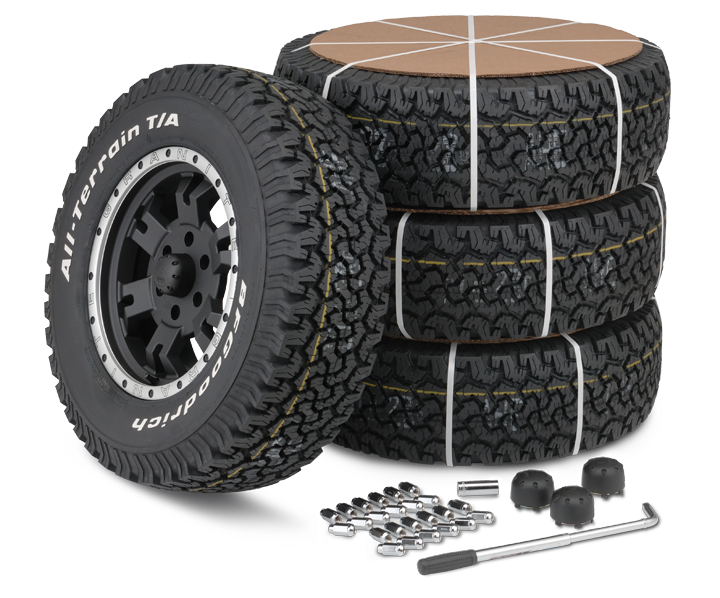Explore Exclusive Mopar Tire Service Specials in Morris Today
Wiki Article
Tire Service: Recognizing Tire Stress Tracking Equipments
Understanding Tire Pressure Monitoring Equipments (TPMS) is a vital aspect of preserving optimal automobile efficiency and safety and security on the roadway. With developments in auto technology, TPMS has come to be a basic function in modern automobiles, supplying real-time info on tire pressure degrees.
Relevance of TPMS
The relevance of Tire Stress Surveillance Systems (TPMS) lies in their capacity to enhance automobile safety and security and performance through real-time monitoring of tire pressure levels. Keeping the proper tire pressure is vital for making certain ideal handling, braking, and total safety and security of an automobile. TPMS supplies motorists with instant feedback on any underinflated or overinflated tires, enabling prompt changes to be made.
Parts of TPMS
Consisting of different important aspects, a Tire Stress Surveillance System (TPMS) works as an innovative safety function in modern-day automobiles. The main elements of a TPMS consist of sensing units, a control module, and a warning indication. Sensors are normally located in the tire shutoff stem or affixed to the wheel setting up, where they measure tire stress and send information to the control component. If it discovers significantly low stress in any of the tires, the control module procedures this details and activates a warning. The warning indicator, frequently a sign on the dashboard, informs the chauffeur to examine the damaged tire or tires. Some progressed TPMS versions also show the real tire pressure readings for each tire, supplying vehicle drivers with real-time details to ensure optimal tire efficiency and safety and security. By monitoring tire stress continually, TPMS aids prevent accidents, reduces tire wear, and improves gas efficiency, making it an essential component for car security and performance.
Sorts Of TPMS

On the various other hand, indirect TPMS depends on the car's wheel rate sensors to monitor tire stress. This system identifies underinflation by contrasting the rotational speeds of the wheels. Indirect TPMS is less costly than straight TPMS, as it utilizes existing sensing units within the lorry.
While direct TPMS provides a lot more exact analyses, indirect TPMS is easier in design and generally needs less upkeep. Both systems have their advantages and restrictions, and the selection in between them usually relies on elements such as cost, lorry make, and personal preference. Understanding the differences in between these 2 types of TPMS can aid vehicle proprietors make informed choices regarding tire upkeep and safety.
TPMS Upkeep Tips
Effective upkeep of TPMS is important for guaranteeing optimum performance and security of your automobile. Routinely examining the TPMS sensors for any type of damage or rust is critical. Make sure that the sensors are clean and free from debris that might conflict with their functioning. Additionally, it is suggested to examine the sensor batteries regularly and replace them as needed to assure precise readings. Conduct routine checks on the tire stress levels and compare them with the TPMS analyses to ensure they correspond. Alter the system following the maker's standards if there are any kind of disparities. During tire turning or replacement, make certain click over here that the TPMS components are managed very carefully to stop any kind of prospective damages. Last but not least, if the TPMS advising light brightens on the dashboard, address the concern immediately by inspecting the tire stress and the general system for any kind of mistakes. By sticking to these find out this here upkeep pointers, you can prolong the lifespan of your TPMS and boost the security of your driving experience.Benefits of Correct Tire Stress
Preserving proper tire stress, as stressed in TPMS Maintenance Tips, is vital for gaining the many benefits connected with optimal tire pressure degrees. In addition, proper tire pressure makes certain even tire wear, expanding the lifespan of the tires and advertising much safer driving problems. In final thought, the advantages of correct tire stress go past just tire longevity; they encompass enhanced gas efficiency, improved safety and security, much better vehicle efficiency, and general driving comfort.Verdict
In final thought, understanding tire stress surveillance systems (TPMS) visit this site right here is critical for maintaining ideal tire stress and ensuring car security. By acknowledging the relevance of TPMS, knowing with its parts, knowing the different types offered, sticking to proper maintenance ideas, and recognizing the benefits of keeping appropriate tire pressure, drivers can improve their driving experience and prolong the life-span of their tires. Proper tire stress is key to safe and effective automobile procedure.
Report this wiki page